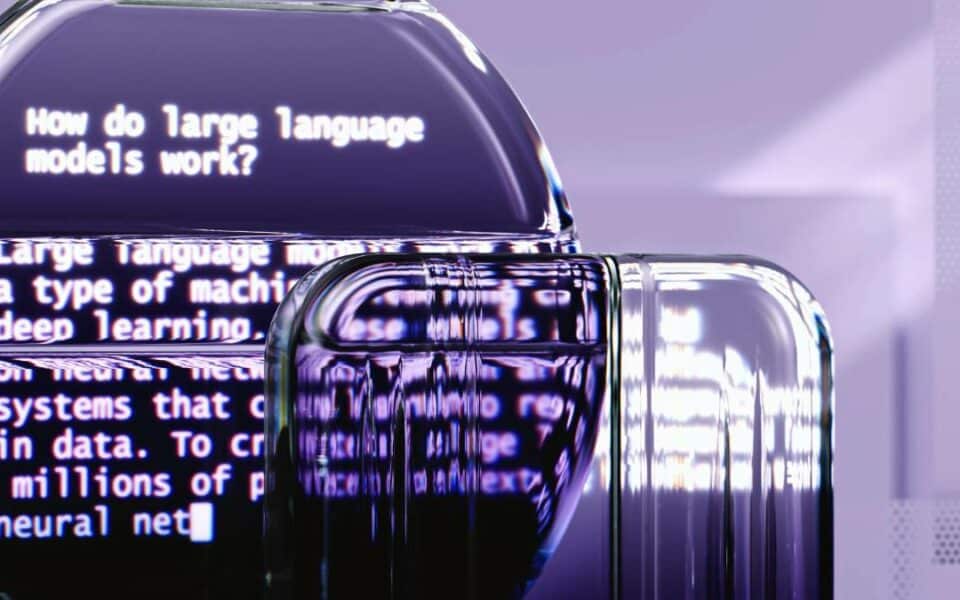
How to conduct a SWOT analysis?
14 January 2018
Can Artificial Intelligence create another Artificial Intelligence?
14 January 2018
Blockchain? What is it?
 Blockchain is a constantly growing list of records called blocks that are connected and protected by cryptography. It provides a secure way of making and registering transactions and contracts. The database is shared by a network of computers. This network can include a handful of users or hundreds of thousands of people. The book becomes a long list of transactions that have taken place since the beginning of the network, and as time passes, they are getting bigger. The user community can control how the information record is changed and updated. Compared to Wikipedia, no one controls the information entered by users.
Blockchain is a constantly growing list of records called blocks that are connected and protected by cryptography. It provides a secure way of making and registering transactions and contracts. The database is shared by a network of computers. This network can include a handful of users or hundreds of thousands of people. The book becomes a long list of transactions that have taken place since the beginning of the network, and as time passes, they are getting bigger. The user community can control how the information record is changed and updated. Compared to Wikipedia, no one controls the information entered by users.
What about security?
The blockchain database contains blocks and transactions. Each block contains part of the transactions that are encoded. Each block connects with others to form a chain. This process checks the correctness of each block up to the beginning and is an integral part of the database protection.
When the transaction takes place, the data is encrypted and a unique, multi-character transaction code is created. All network users will be able to see this code, however, only the transaction parties have access to detailed data. This makes all defraudations easier to detect. The hacker would have to gain access to every computer that stores a copy of the blockchain database and at the same time manipulate it.
Difference between blockchain and bitcoin
 Blockchain is probably the main technological innovation of Bitcoin. Bitcoin is not regulated by the central authority. Instead, its users dictate and check transactions when one person pays another for goods or services, eliminating the need to process or store payments by a third party. The completed transaction is publicly logged in blocks and eventually in the blockchain, where it is verified and passed on by other Bitcoin users. On average, every 10 minutes a new block is attached to the blockchain through mining.
Blockchain is probably the main technological innovation of Bitcoin. Bitcoin is not regulated by the central authority. Instead, its users dictate and check transactions when one person pays another for goods or services, eliminating the need to process or store payments by a third party. The completed transaction is publicly logged in blocks and eventually in the blockchain, where it is verified and passed on by other Bitcoin users. On average, every 10 minutes a new block is attached to the blockchain through mining.
Based on the Bitcoin protocol, the blockchain database is shared by all nodes participating in the system. After joining the network, each connected computer receives a copy of the block that has records and is proof of every transaction ever carried out. Thanks to this, you can get an insight into the facts, for example, how many values belonged to a specific address at any time in the past Blockchain. The information provides access to the entire Bitcoin blockchain.
Should we use blockchain?
In 2017, consultants in the UK called on the government to adopt this technology, and companies such as Microsoft are developing their own blockchain services. However, like all new technologies, blockchain still have some problems to solve. Cultural acceptance, building the right infrastructure and ensuring the right level of regulation are just a few among them.
There are concerns if the technology is appropriate. Blockchain is very energy-consuming. The distribution of a common digital book on the web requires many servers, computers and people. Any energy crisis or hacker attacks will be able to destabilize the entire state.
Blockchain, both as a technology and industry, is still largely undefined. We are at the stage of searching for solutions. However, this is a promising idea which can solve some of the most vulnerable areas of human rights: corruption, financial inequalities and access to information. In the big data and the Internet of Things era, it is useful to assign a digital signature to each bit of data. Verifying and registering each stage of software or product development will help to improve quality and reliability.


